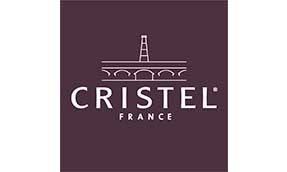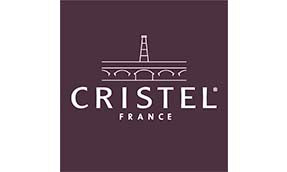HOW TO RECOGNIZE A TOP QUALITY STAINLESS-STEEL SKILLET

Stainless steel, which was invented in 1913 by Englishman Harry Brearley, has certainly made its mark in kitchens worldwide in recent decades. It has proven to be an incredibly popular and reliable material both at home and in restaurants and food industries. There are many different types of stainless steel cookware products on the market these days, with varying levels of quality of course. You should also consider the pan’s thickness and weight when making a choice, as well as the different layers and coatings paired with the stainless steel cookware. Here we will take a look into how best identify a top quality stainless steel pan. We've done the research to provide you with some key pointers that will help guide you towards the right product. Once you’re equipped and ready to go, there’s a lot of fun to be had in the kitchen !
DIFFERENT TYPES OF STAINLESS STEEL
(18/10…)

THICKNESS OF THE PAN'S BODY
When it comes to choosing the right stainless steel pan, another important consideration is the thickness of the pan itself. Thickness is directly linked to the performance of the cookware. The general rule of thumb is “the thicker the better”. Lower end stainless steel cookware is generally only 0.5mm thick, and you’d be looking at around 5mm for a high quality pot or pan that is most conducive to even heat production.
What’s more, weight is often a good indication of the quality of a pot or pan as it shows more materials were used, which is hence more costly to the manufacturer. Thicker, heavier pans are also less susceptible to dints and damage, meaning they’ll stand the test of time.

LAYERS AND COATING IN STAINLESS-STEEL COOKWARE
When it comes to choosing stainless steel cookware, you should also consider the different layers (plies) and coatings that are used in combination with the hardy alloy. You will often hear about 3-ply, 5-ply and even 7-ply cookware. 3-ply refers to three layers comprised of a layer of copper or aluminum sandwiched between stainless steel. Whereas 5-ply contains two extra interior layers of a heat-conducive metal. The less common 7-ply contains four additional layers of conductive metal between the non-reactive metal exteriors. Each of these layered systems for cookware ensure even cooking and heat distribution and are compatible with all heat sources (including induction cookers).
Often stainless steel cookware is also available with the option of a non-stick coating. This is useful for cooking fish, eggs, pancakes and other such delicate dishes that have a tendency to stick to the pan. CRISTEL® uses the Exceliss®+ non-stick coating for certain products. Rest assured, CRISTEL® has your health and safety at heart.

